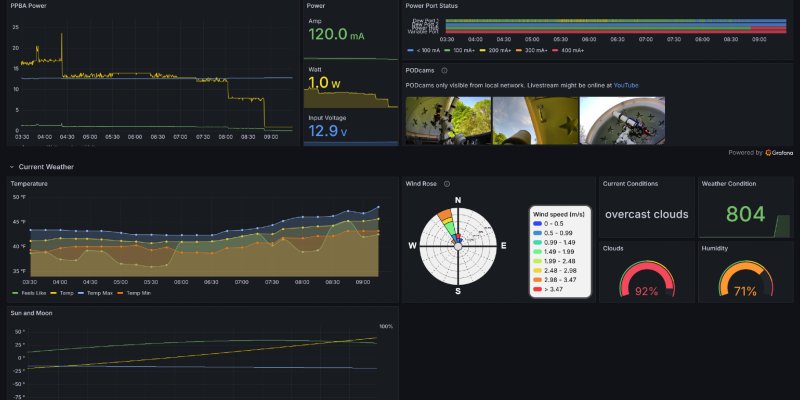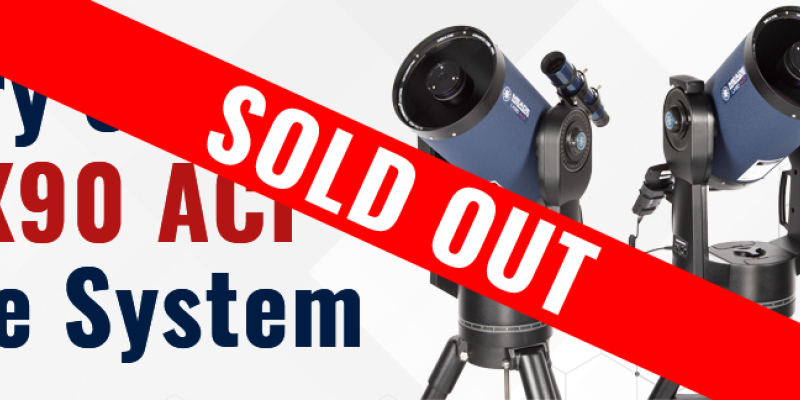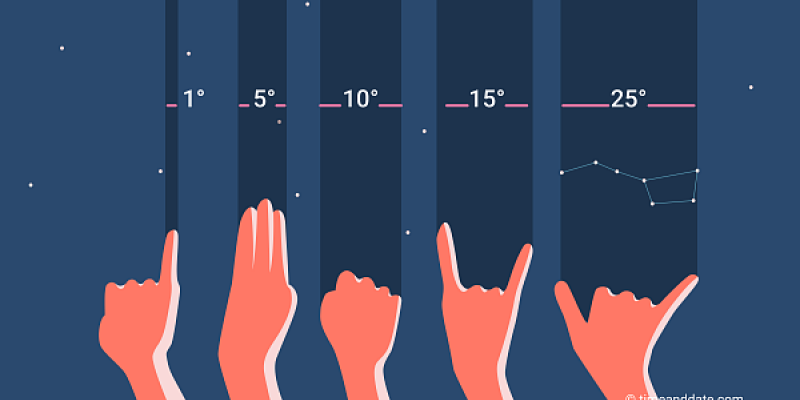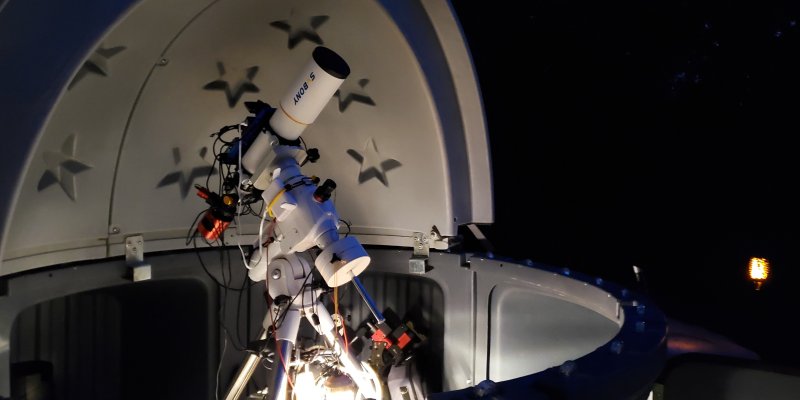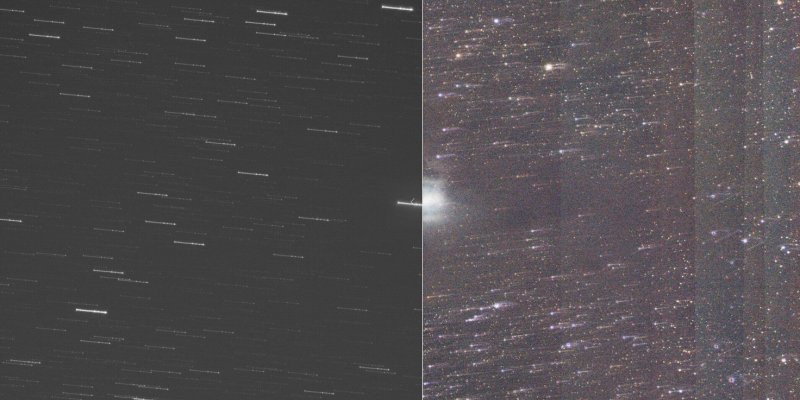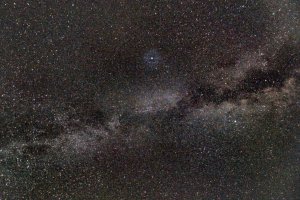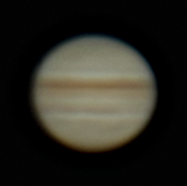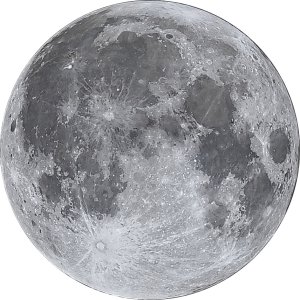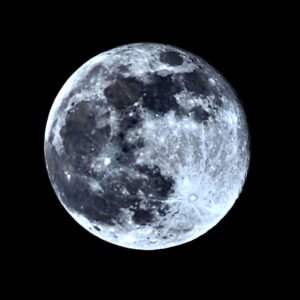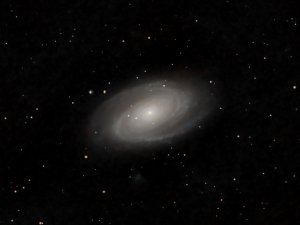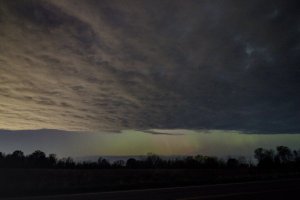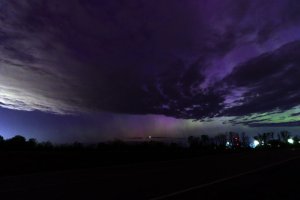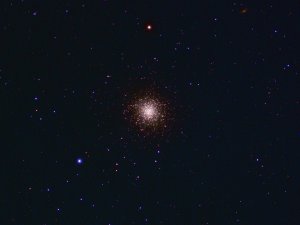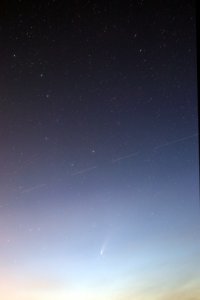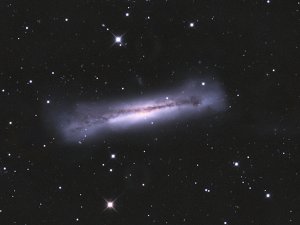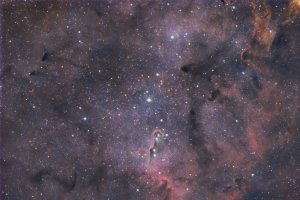Be a Time Traveler!
🌌🔭🦛 I’ve submitted some of my Astrophotography images to the International Dark Sky Society "Capture the Dark" photo contest, and public voting is now open! I’d be grateful if you checked out my entries. If any speak to you, please cast a vote! 🗳️☄️☄️
Journey through Time as we explore the cosmos together through Astrophotography!
We'll take a thrilling journey through Time, where looking up at the night sky means seeing the cosmos as it was in the past. Join me as we take off on this incredible voyage together, and you can be a time traveling Astropotamus, just like me!
Also, check out my YouTube channel for live streams, videos, and more. Plus, if you want to help me make more content, or if you want access to all of my raw imaging data, please help support my web site here.
Featured articles, equipment, and other posts
Quick Summary: I started using Telegraf to send data to InfluxDB so I could view it with Grafana. Here's how that has transformed the AstropotaPOD.
Orion bought Meade, which had bought Coronado. Then Orion went out of business in the summer of 2024. In January, 2025, High Point Scientific purchased the remaining inventory of new equipment and is selling it off in a fire sale.
Here is what you need to know to get some great deals on some great equipment.
If you want to take a good picture, you need a solid mount. Here's some considerations to keep in mind.
My mount and my guiding were conflicting with each other, so I got this crappy image of the Iris Nebula
Travels Through Time
These are some images taken with various Time Machines, cameras, and techniques as I've learned the art of Astrophotography. You can find more in the Pictures section. Some are good and I hope they inspire you; some are bad and I hope you learn from my mistakes.
All images copyright 2025 by astropotamus.com.
See this page for information on how you can support me in creating more content. Every little bit helps!
I update this web site from time to time with a variety of images, equipment information, and the occasional piece of astronomy-related news or similar article. I am not a professional web developer and I designed this web page to make it easy for me to get content out quickly. There are likely mistakes and inconsistencies. If you see something, say something and if there's something you'd like to see or a feature you'd like added, please contact me and I'll see what I can do! Yes, I know that clicking on tags is sometimes broken. It's a side-effect of the content management system I'm using and I'm slowly fixing it. Sorry about that!
My privacy policy and affiliate program descriptioncan be found here.
Until next time, clear skies, and I'll see you in the dark!
